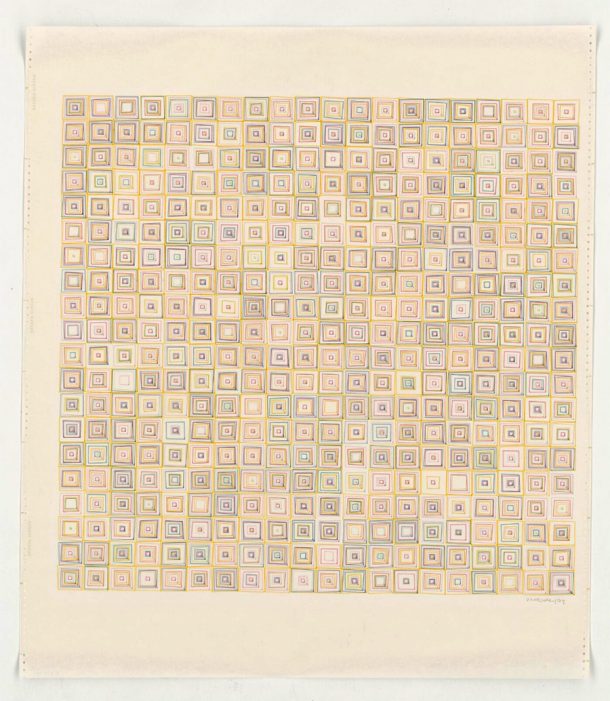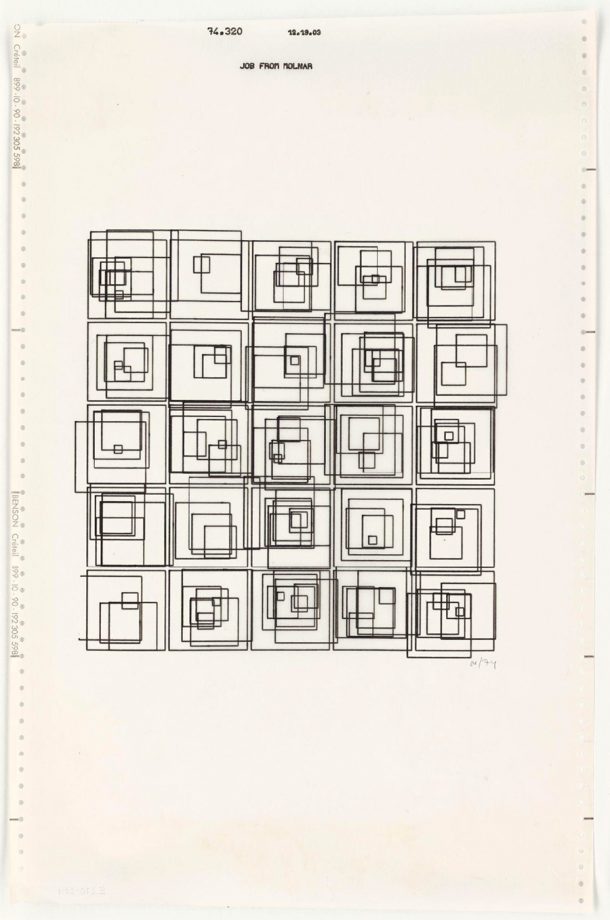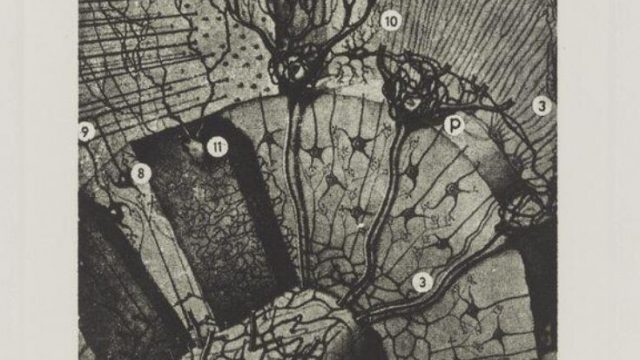We were deeply saddened to learn of the passing of Vera Molnar on 7 December 2023. The V&A has been honored to work with the Hungarian-born artist whose works are in the collection. Written prior to her death, this post celebrates her exceptional practice and significant influence on generative and algorithmic art.
Hand movements and the immediacy of computer systems are equally magnificent forces to be reckoned with; but what happens when we pair the two? Vera Molnár (born 1924), Hungarian artist and pioneer of computer art, used the term machine imaginaire (imaginary machine) to express a shared visual language between the humanness of handwork and the precision of mathematical algorithms. This approach inevitably became a catalyst for what is now her mark on the digital art realm.
In the 1960’s, the role of the computer was a developing notion in everyday life, as machine access was reserved for scientific research and military purposes. Molnár enjoyed experimenting with algorithms through manual processes – using mathematical calculations to decode visual systems. This often included the use of a grid on paper and following set guidelines that she created to draw elements across the page (such as colour, shape, line and direction). This helped her to progress systematically through all conceivable permutations of a series while adhering to a set of instructions and self-imposed constraints.
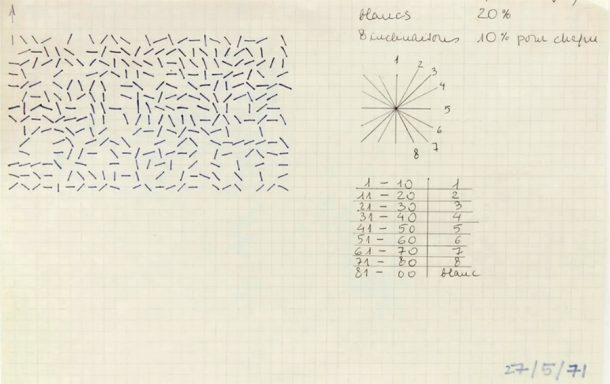
In my experience, as both woman and designer, what fascinates me most is the prevailing sense of authorship in Molnár’s work, even when collaborating with a machine/plotter. I think about the way that her experience has widened the path for curious women makers in the field of digital design. Molnár creates works that are described as systems-based and algorithmic, whilst simultaneously upholding her individual ‘maker’s mark’, the natural exploration of the hand. According to art historian, Zsofi Valyi-Nagy, “familiar viewers will recognize Molnár’s visual language: her geometric forms, her variations on a theme, and her minimalistic lines, which, whether drawn by hand or with a plotter, are unmistakably hers”.
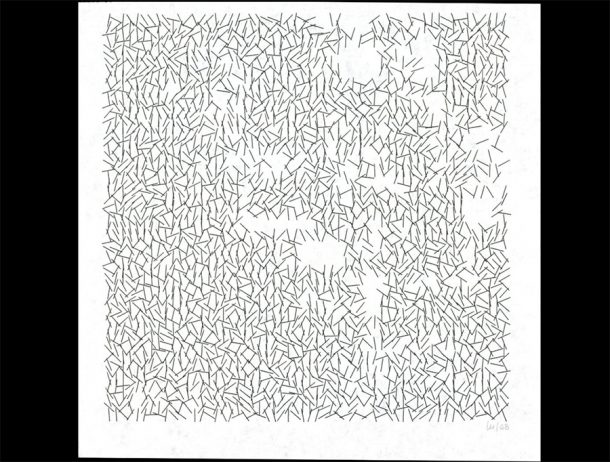
Looking at her work, particularly Interruptions, there is a clear decision being made by both practitioner and machine. The array of strokes are strategically spread across the page, with the surprise of white space flowing in and out. Almost like the beats of sound, the lines appear as though in motion. I wonder if the placement of them, too, surprised Molnár while creating them. The digital execution here continues the conversation of human error and the nature of the unexpected in the method of creating—to which I believe sits at the core of Molnár’s intention behind machine imaginaire.
Other works by Vera Molnar in the collection
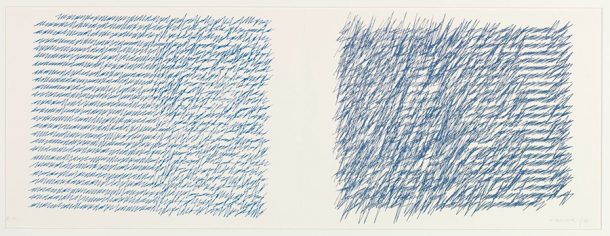
You may request to view the above prints in the Prints & Drawings Study Room.
Be sure to look out for Vera Molnar, as well as many other prolific designers, in the display Patric Prince: Digital Art Visionary. I am incredibly pleased to have worked with Livia Turnbull and Melanie Lenz on the research behind the display, which has inspired this post and my continued reverence for the women involved in Digital Art.
